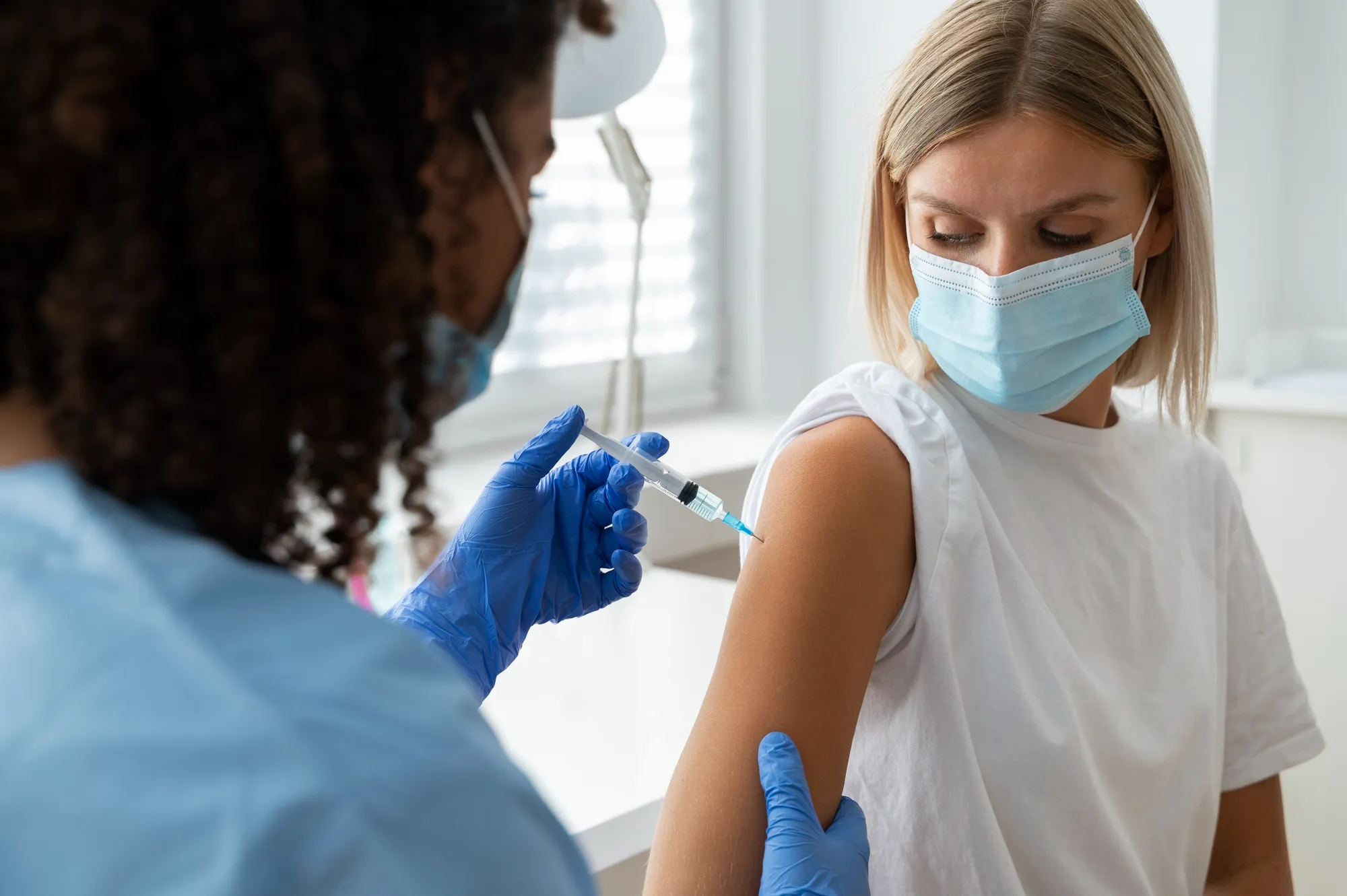DOI: 10.1186/s12889-019-6718-0
A significant cross-sectional study led by researchers Bahena Mariela M, Carvajal-Suarez Marcela M, Soliman Amr S, Luo Jiangtao J, and De Alba Armando A, and published in BMC Public Health, focuses on exploring the impact medical providers have on the decision-making process concerning HPV vaccination, by comparing children of Mexican mothers residing in Xalapa, Veracruz, Mexico, and the U.S. Midwest. Insights from the study suggest that knowledge dissemination from healthcare professionals plays a crucial role in the vaccination rates among this demographic, which subsequently could affect the prevalence of cervical cancer.Human papillomavirus (HPV) is known to be the primary causative agent for cervical cancer, which stands as a significant health concern globally and particularly among Hispanic/Latino populations in the U.S. and residents of Mexico. The introduction of the HPV vaccine has been a pivotal development in the ongoing battle against cervical cancer, as this vaccine has tremendous potential to reduce the incidence of this life-threatening disease. This vaccine’s acceptance and uptake form the cornerstone of efficacious HPV-related cancer prevention strategies.
The study published by BMC Public Health, with a DOI of 10.1186/s12889-019-6718-0, aimed to compare and examine the knowledge and attitudes towards HPV vaccination and cervical cancer between Mexican mothers living in Mexico and those living in the Midwest of the U.S. The researchers enrolled 200 mothers of Mexican origin through a cross-sectional approach and utilized a validated bilingual questionnaire for data collection.
Key Findings
The findings indicated a stark difference in the levels of knowledge concerning HPV and the HPV vaccine: an overwhelming 77.8% of mothers living in Mexico were better informed, compared with 48% of mothers residing in the U.S. Midwest (p < .0001). In addition to identifying the knowledge disparity, the study highlighted the significant influence medical providers have in guiding mothers toward vaccinating their children.
The logistic regression analysis within the study revealed that information received from medical providers proved to be a significant predictor for the willingness of Mexican mothers to vaccinate their offspring. This correlation underscores the importance of the healthcare provider’s role in both educational outreach and being proactive in recommending the vaccine to patients.
The need for heightened public health education geared at Mexican mothers in the Midwest becomes evident from this study. With more expansive and targeted educational efforts, it is probable that increased awareness will lead to higher immunization rates among children, therefore contributing to the reduction of cervical cancer cases.
Furthermore, recognizing the benefits of vaccinating boys against HPV is paramount in curbing HPV transmission and mitigating the risk of subsequent HPV-related diseases. The research emphasizes extending the vaccination efforts to males and educating the public about why boys must also receive the vaccine, a notion that is especially crucial in Mexico where gendered approaches to vaccination have historically prevailed.
Policy Recommendations
The insights gained from this study lay the groundwork for several recommendations:
1. Increase Medical Provider Engagement: Encourage and train medical providers to proactively discuss HPV vaccination with parents, particularly within underserved or minority communities.
2. Tailored Educational Institutions: Develop public health programs and campaigns in the Midwest distinctively designed to inform Mexican mothers about the importance, safety, and efficacy of HPV vaccination.
3. Widen HPV Vaccine Accessibility: Make HPV vaccine more accessible to Mexican mothers and their children through the implementation of community health initiatives and collaborations with local healthcare centers.
4. Embrace Cultural Sensitivity: Design culturally sensitive educational materials that resonate with the specific beliefs, values, and languages of the target demographic.
5. Extended Research: Continue research on barriers to HPV vaccine uptake in specific communities and develop strategies to overcome these obstacles.
Keywords
1. HPV Vaccination Mexican Mothers
2. Cervical Cancer Prevention Hispanics
3. Medical Provider Influence HPV
4. HPV Education Midwest
5. HPV Vaccine Disparity Study
References
1. Ferlay J, Soerjomataram I, Ervik M, et al. GLOBOCAN 2012 v1.0, Cancer incidence and mortality worldwide: IARC CancerBase No. 11 [internet] Lyon: International Agency for Research on Cancer; 2013. doi: 10.1016/j.vaccine.2012.07.055.
2. Wilson KL, White A, Rosen BL, et al. Factors associated with college students’ intentions to vaccinate their daughters against HPV: protecting the next generation. J Community Health. 2016;41(5):1078–1089. doi: 10.1007/s10900-016-0192-8.
3. Centers for Disease Control and Prevention. HPV-associated cancer statistics. 2017.
4. HPV Information Center. Mexico: human papillomavirus and related cancers, fact sheet 2017. 2017.
5. Kepka D, Warner EL, Kinney AY, et al. Low human papillomavirus (HPV) vaccine knowledge among Latino parents in Utah. J Immigr Minor Health. 2015;17(1):125–131. doi: 10.1007/s10903-014-0003-1.
The nuanced role of healthcare providers in fostering an environment conducive to informed decision-making around HPV vaccination emerges with clarity from this groundbreaking study. By establishing a clear link between the level of knowledge imparted by medical professionals and the willingness of parents to vaccinate their children, the research suggests an actionable pathway toward achieving improved public health outcomes within Mexican communities both in Mexico and the United States.
